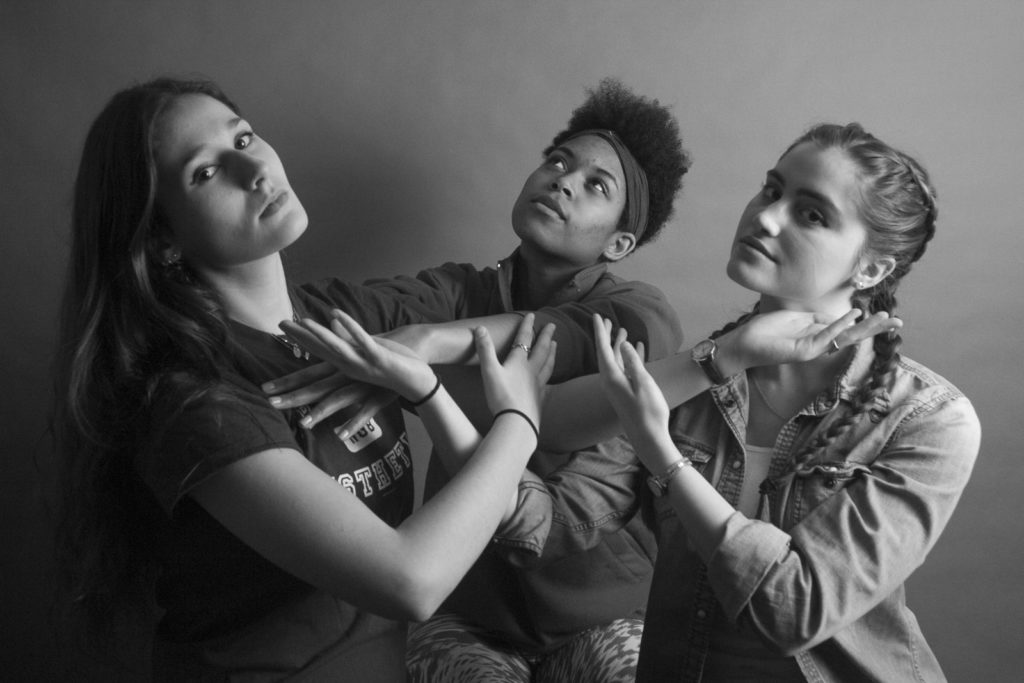What Makes a Photograph Good?
You want to take “good” photographs. But what exactly does that mean?

Opinions of photographs are always subjective, but there are a number of factors you can consider when determining what makes a photograph “good.” Whether you aspire to work commercially or simply step up your Instagram game, being able to visualize the world as a photographer—and discern what can catch a viewer’s eye—is essential.
Cornell University Professor Barry Perlus, author of eCornell’s new Digital Photography Certificate program, breaks down four specific criteria to consider to understand what makes a photograph stand out:
1. Does it fulfill a defined purpose?
“Photographers generally start with a purpose,” Perlus says. “They have something in mind about what the photograph should express or be about. One way to begin to talk about purpose is by looking at today’s photography genres.”
Genre and purpose can often align, but they are two distinct things. Let’s take the genre of portrait and wedding photography as an example. In portrait photography, Perlus says, “the purpose is to express the character and humanity of the subject.” In wedding photography, he counters, “the purpose is to create the best and most complete visual records of a memorable event.”
2. Does it meet your vision?
“One way to know if your photograph met your vision is the feeling of surprise or joy when you see the final result,” Perlus notes. “You know, that yes!”
Good photographs capture something unquantifiable. Does your final result meet what you had in mind? Does it go beyond? Is there just something about it that makes you want to keep returning for another look? This criteria is the most subjective; it falls upon you and your own unique photographic eye to see what clicks. This is when it’s key to trust yourself, and follow your gut!
3. Does it affect your audience?
“One of the reasons we make photographs is to share them with others. We look for signs of appreciation, and they can come from many directions,” Perlus explains.
While professionals may look for affirmation from their clients in terms of sales and positive exhibition reviews, evidence of your work’s impact on your audience can come from anywhere. Particularly in the age of social media and Instagram, “this can mean reposts and comments from our friends and followers,” Perlus says. Clue yourself in to what’s working on your social channels and sharing platforms—what receives the most engagement? What doesn’t? Why?
4. Does it use the capacities of the medium effectively?
In discussing how best to optimize the capacities of the camera, Perlus offers an example of a surfer riding the waves. To capture such an action shot—bright sunlight, rapid movement, and commotion—a good photographer knows how to use elements like “a telephoto lens, fast shutter speed, thoughtful framing, and backlighting to dramatize the action.”
In photography, the capacities of the medium can range from lighting, to perspective, to specific camera functions. If you’re snapping photos on an iPhone, have you utilized the HDR function to capture the full range of light and color? If you’re taking photos of someone in action, have you managed to dramatize the action with the tools available? In portraiture, have you optimized the framing, along with good directing and timing, to capture the subject’s face?
Interested in continuing to advance your photography skills? You can learn about the Digital Photography Certificate program that Perlus teaches through eCornell here.